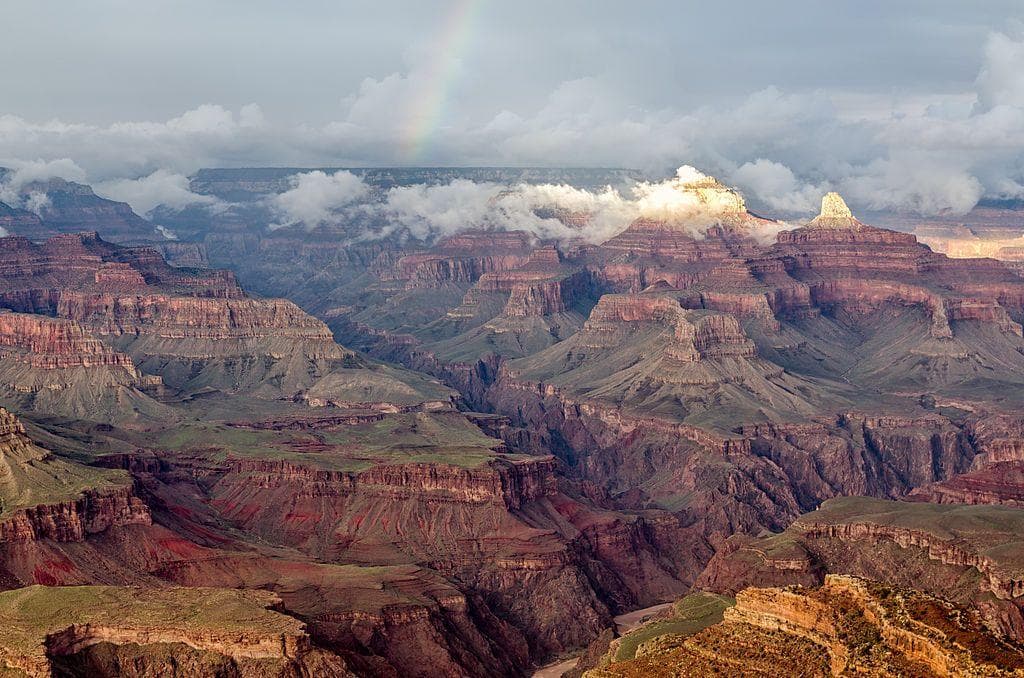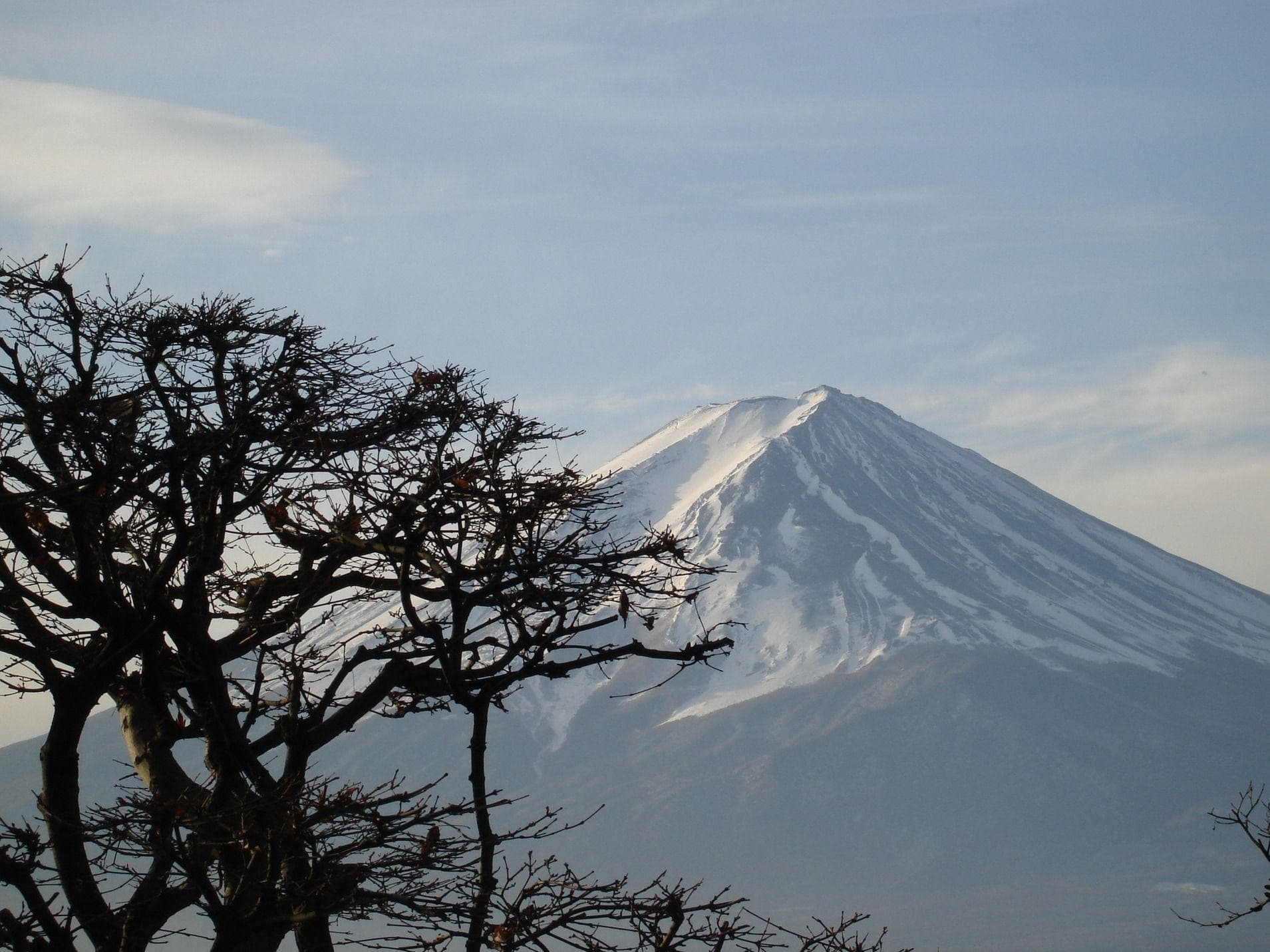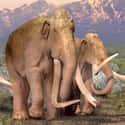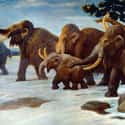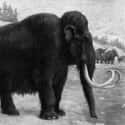-
(#1) A Mammoth Bone Pit In Mexico City Suggests Some Of Them Got Stuck In The Mud
The remains of more than 60 mammoths were discovered in Mexico City by the National Institute of Anthropology and History in May 2020. The bones are estimated to be about 15,000 to 20,000 years old, and were uncovered near previously excavated human-built traps. According to The Associated Press, the site was once a shallow lake that would have been appealing for the species because of the available grasses and reeds. There, "archeologists are facing a surfeit of mammoths, almost too many to ever excavate."
Though the previously uncovered remains apparently perished at the hands of human hunters, the 60 new fossils did not have any of the distinct markings that would suggest human involvement. Instead, they likely "got stuck in the mud of the ancient lake and died, or were eaten by other animals."
-
(#6) Mammoths Were As Intelligent As Modern Elephants
A study conducted in Russia in 2015 suggested that mammoths were likely just as intelligent as modern-day African elephants.
Comparing the brains of a preserved woolly mammoth known as Yuka with elephant specimens from South Africa, researchers found them almost identical in size and structure, which means they likely had similar cognitive abilities.
-
(#7) A Number Of Factors Led To Their Demise
Woolly mammoths were common throughout North America and Siberia for hundreds of thousands of years. The giant creatures began to die out around 20,000 years ago, however, and are believed to have become extinct 4,000 years ago when the last of a few isolated groups disappeared.
No one reason is to blame for their extinction. Although humans lived alongside the animals for thousands of years, people likely played a significant part in mammoths' demise due to hunting. Yet climate change may have been the defining factor that wiped out the mammoths. As the planet gradually became warmer, the natural environment for the mammoth would have severely shrunk, leaving them with little habitat to live in.
-
(#5) Females Generally Moved Around In Herds
While males were often caught up in hazards that would lead to natural preservation, such as bogs and lakes, this usually wasn't the case with female mammoths, which were generally more risk-averse.
The females would normally move around in large herds led by an older matriarch. They were more capable of avoiding potentially threatening situations, like thin ice or mud flows, because they were more aware of environmental dangers.
-
(#10) Woolly Mammoths Are One Of The Most Studied Prehistoric Animals
The woolly mammoth is one of the most studied prehistoric animals in history not because of its distinctive appearance or because it's particularly interesting to researchers. Instead, woolly mammoth remains have been well preserved because the animals lived in such cold environments.
The freezing temperatures meant that fossils survived in excellent condition, with skeletons, tusks, dung, and even flesh staying frozen for thousands of years.
-
(#4) Males Would Wander Around Alone
One theory to explain the predominance of male fossils is that males were more likely to roam around by themselves. This meant they would not be part of a herd, which could have provided protection from predators and the collective intelligence to avoid potential threats.
“Without the benefit of living in a herd led by an experienced female, male mammoths may have had a higher risk of dying in natural traps such as bogs, crevices, and lakes,” said Love Dalen of the Swedish Museum of Natural History.
New Random Displays Display All By Ranking
About This Tool
Mammoths are prehistoric behemoths. Archaeologists discovered their fossils on the continent in the recent century and everything about them attracted human attention. Scientists have analyzed the fossils of mammoths to know the mammoth is an ancient vertebrate that lived widely in Europe, Asia, and North America about 10,000 years ago. The last batch of mammoths went extinct around 1650 BC. So what caused this huge race to be extinct?
Paleontologists and archaeologists can only explore the truth about mammoths in their research. As the research continues, some mysteries about mammoths were gradually revealed. The main reason for the extinction of mammoths should be global climate change and human behaviors. Here the random tool revealed 11 facts about mammoths.
Our data comes from Ranker, If you want to participate in the ranking of items displayed on this page, please click here.








